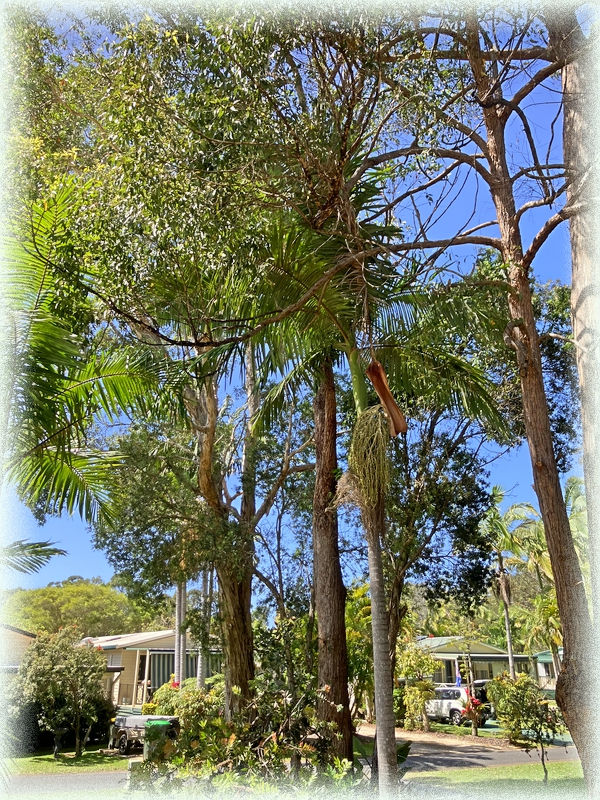Ghost Nets & Neurographic Art
- Angela Wallis Moore

- Nov 26, 2023
- 3 min read
Updated: Apr 29, 2024
Ocean life is at risk from pollution of all kinds. But one of the most insidious risks comes from ghost nets – fishing nets that have been abandoned, lost or otherwise discarded. Often hundreds of metres long, they’re nearly invisible in the dim undersea light, left to drift in the open sea where fish, turtles, dolphins, sharks, dugongs, seabirds, and even whales can become entangled and die.
It's estimated that around 48,000 tons of ghost nets are generated each year, and they remain in the oceans for a considerable time before breaking-up, owing to their high-quality synthetic composition.

So… why I am talking to you about ghost nets today? Enter, a neurographic sketch I did this week.
I enjoy experimenting with this art form, working intuitively as a means of creative relaxation. It’s a deceptively simple technique, and I say ‘deceptively simple’ because, as artists, we often try to control our work. So, to abandon thoughts of composition, tonal contrast, and all the usual considerations, can feel challenging and far from simple, even while it offers a sense of liberation. I’m rather obsessive, so it’s good for me to use this method to loosen up in my artistic practice.
To begin, I splash on some passages and spatters of dilute black wash, then, once the paper is dry, I simply allow a thick art pen to meander across the page. Once the basic structure is in place, I add scribbles from a fineliner, and finish by blocking in the junctions between lines.
This time, once I had completed the little sketch to my satisfaction, I put it to one side so I could move on to other work. I only came back to it yesterday afternoon, turning it this way and that, to find which aspect appealed the most.

Imagine my surprise when, on the last turn, I detected a seal, whale tails, a juvenile hammerhead shark, a discarded lifebuoy, kelp, and even an upside-down sea dragon – all enmeshed in the tangle of lines I had drawn!
It was then that I realised I had intuitively tapped into the issue of ghost nets. How does this happen and what does it mean? When we’re in creative flow, do we open ourselves to the voices of Nature, crying mutely for our attention?
I live by the sea, so I’m sensitive to the elements and the creatures who make the ocean their home. I walk daily along the beach when weather permits, observing the empty shells, the cuttlefish bones, the stranded bluebottles and blue sea slugs, the crab claws and desiccated fish. I feel compassion for these little, lost lives, residue of the endless rhythm of life and death. I watch the whales on their annual migration, delighting in their breaching and fin slapping, wishing them safety on their long and arduous journey.
So, perhaps this is why the denizens of the deep called out to me that rainy afternoon while I scribbled in my sketchbook. Or perhaps it’s just my imagination which loves to find patterns in a chaotic world.
You may draw your own conclusions – and you’re welcome to leave your comments accordingly!
But, as a final note, I have contributed to petitions for the banning of these terrible nets as a small voice raised on behalf of these suffering beings. Perhaps my story will encourage you to do the same.















Comments